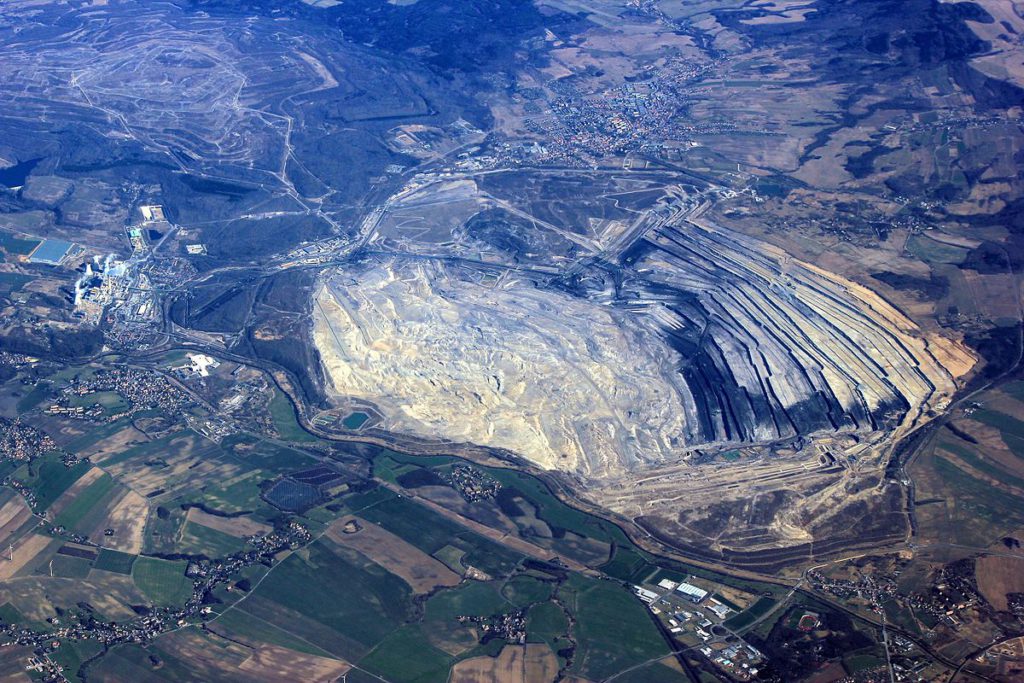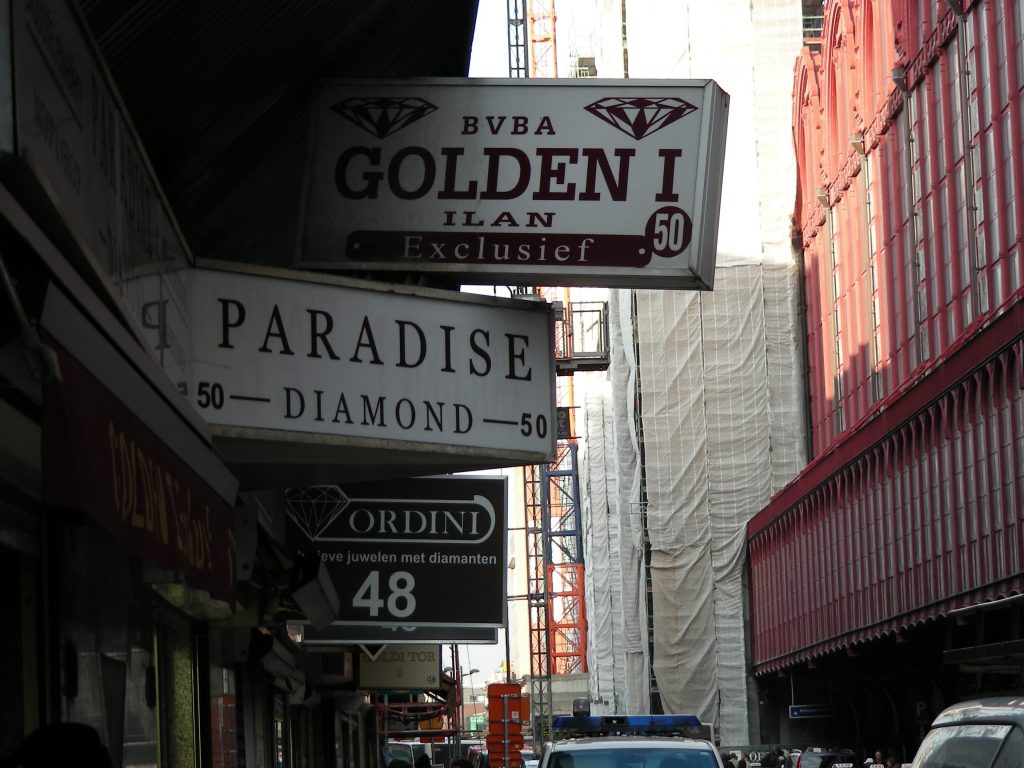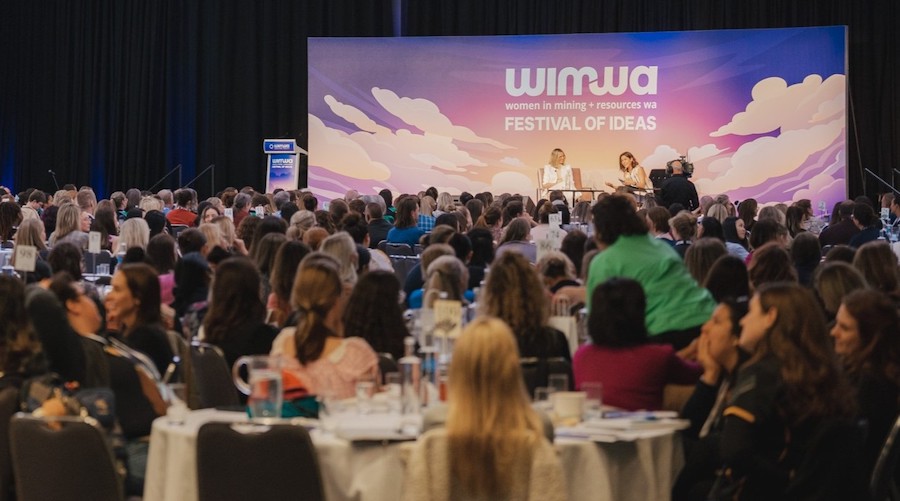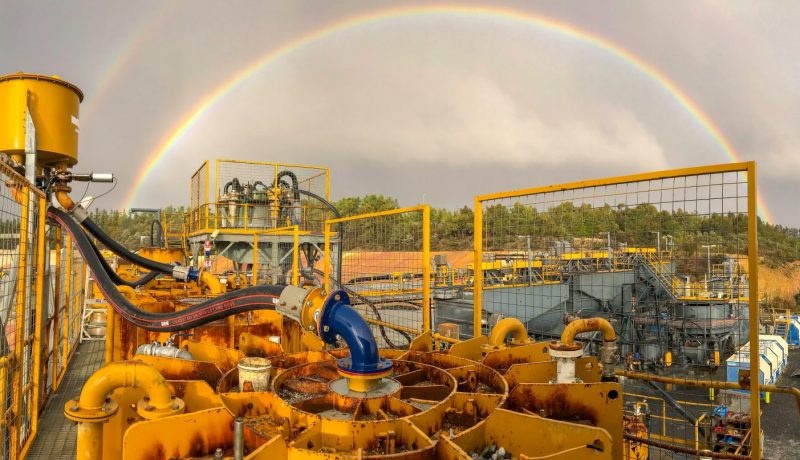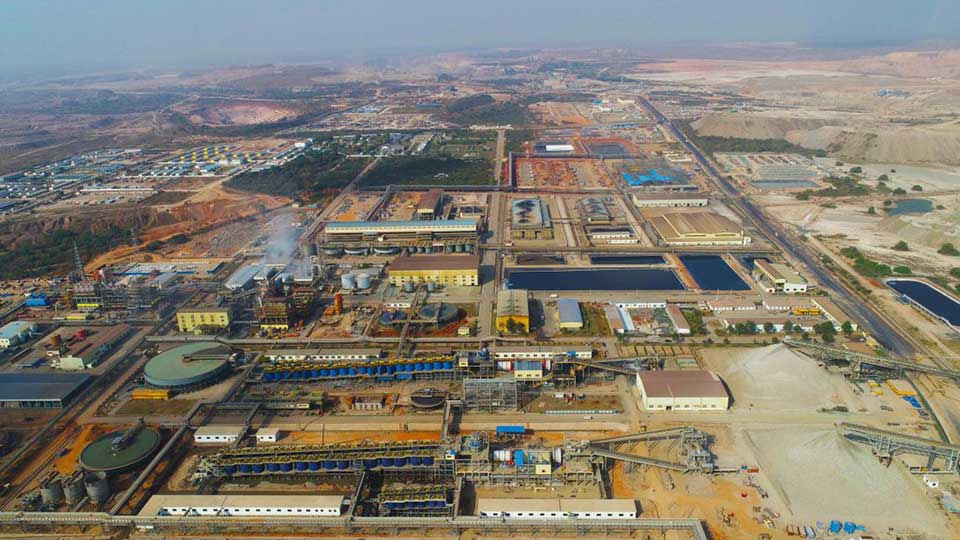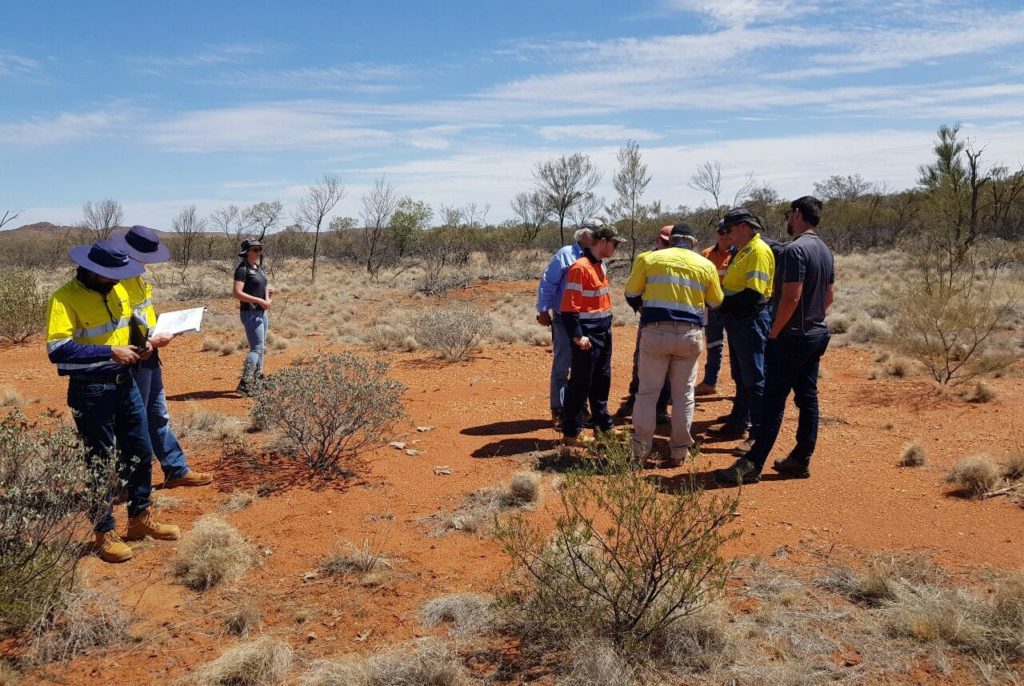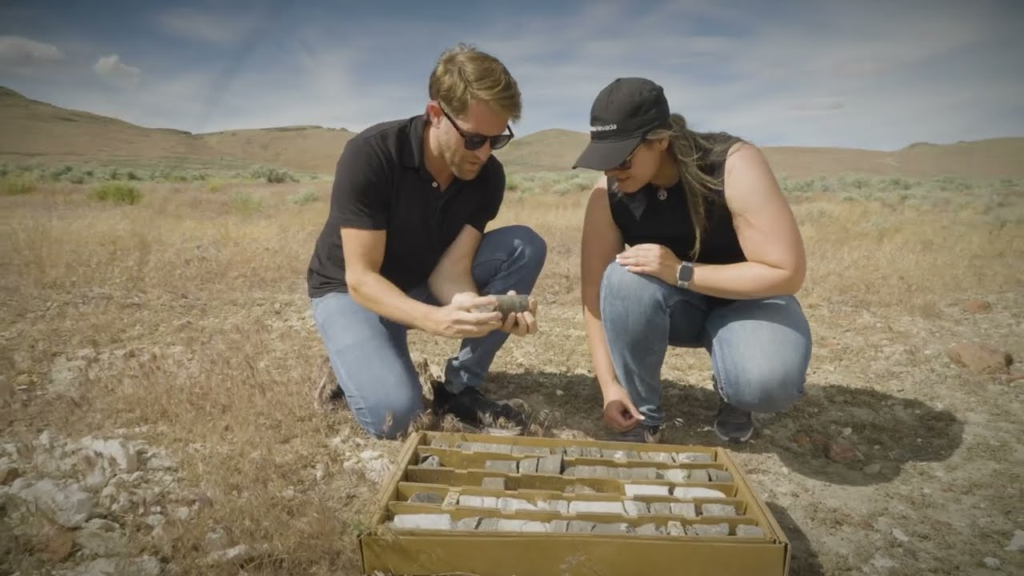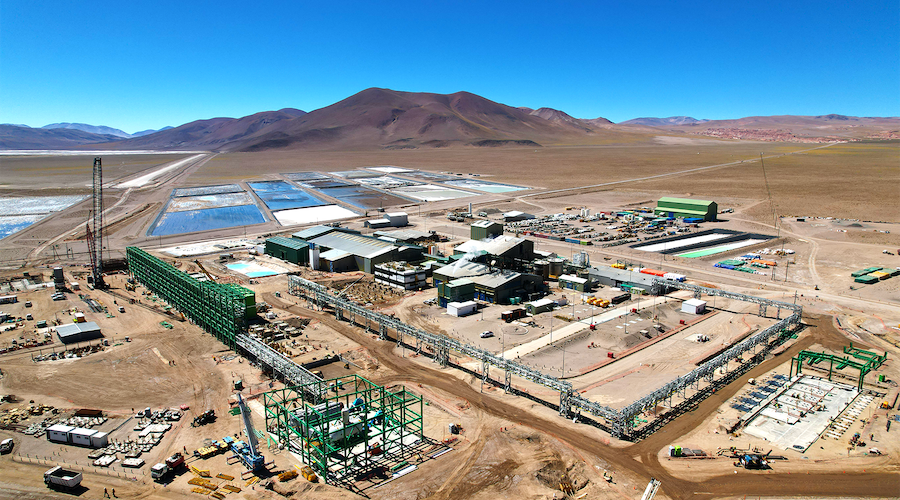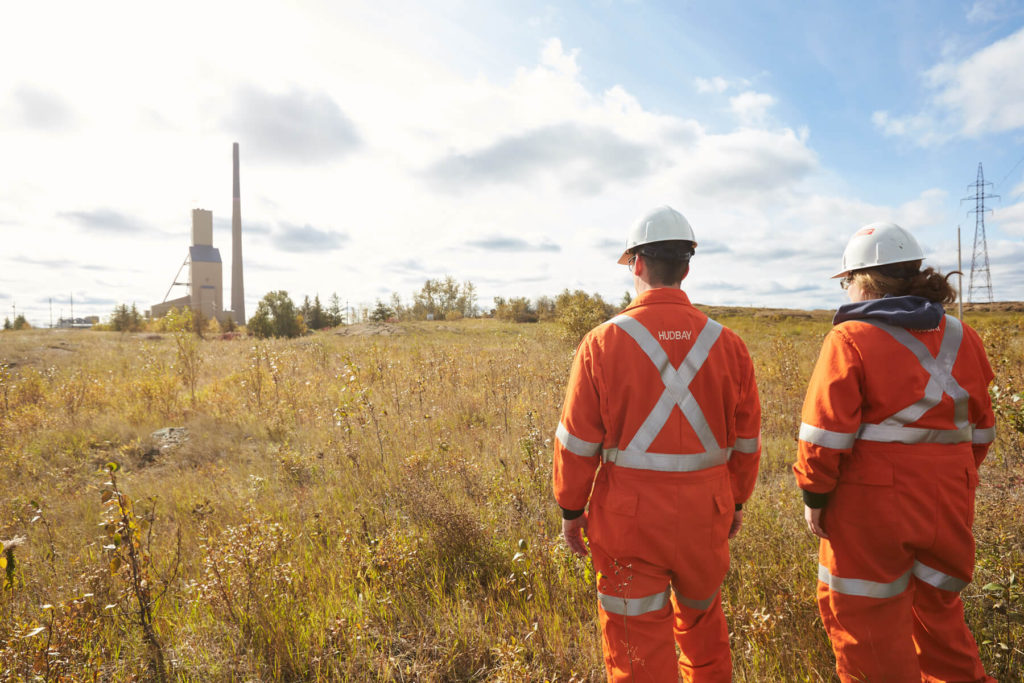Northisle’s new gold resource may boost Vancouver Island project’s economics
VANCOUVER, British Columbia--(BUSINESS WIRE)--Northisle Copper and Gold Inc. (TSX-V: NCX) (“Northisle” or the “Company”) is pleased to announce an initial mineral resource estimate (the “Resource Estimate”) for the Northwest Expo deposit at its 100% owned North Island Project, located on Vancouver Island in BC, Canada.
Sam Lee, President & CEO of Northisle stated “Today’s new resource estimate at Northwest Expo has exceeded our expectations of defining a 40 to 50 million tonne resource within the gold enriched Zone 1. Including the impact of the 88% gold and 76% copper recoveries, the average NSR value per tonne is nearly triple the NSR value in the North Island Project PEA and approximately $80/tonne at spot prices. With a relatively low strip ratio, this sets a strong basis for the rapid advancement of a potential high margin, near surface deposit that could be sequenced at the beginning of our large, long life North Island Copper and Gold project. We will be aggressively advancing development and exploration under our fully funded 2024 program.”
The initial Northwest Expo Indicated Resource contains 40.3 million tonnes grading 0.80g/t Au Eq. for 1.0 million ounces Au Eq. plus an additional 30.6 million tonnes grading 0.68g/t Au Eq. for 0.7 million ounces Au Eq. in Inferred Resources, at a 0.18g/t Au Eq. cut-off grade. Based on exploration costs by Northisle at Northwest Expo to date, this represents a discovery cost of well below $10/oz Au Eq.
As shown in Table 1 below, following the addition of the Northwest Expo deposit, the total resource for the North Island Project now comprises an Indicated Resource of approximately 2.4 bn lbs Cu and 4.9Moz Au plus Inferred Resource of approximately 1.4 bn lbs Cu and 3.0Moz Au. The Northwest Expo deposit boasts an attractive NSR value of $55/t for the Indicated resource as a whole and $67/t for the higher grade zone which represents 2-3 times the NSR value of Hushamu and Red Dog, due to higher gold grade and higher recovery rates. At spot prices NSR values are approximately $80/tonne at a 0.5 g/t Au Eq. cut off.
The near surface sizeable initial resource delineated within the gold-enriched Zone 1 at Northwest Expo provides the opportunity to optimize the development plan of the North Island Project. Trade-off studies have been launched to study the possibility for a lower capex staged approach, prioritizing the higher-grade Northwest Expo deposit with potential to concurrently focus on the higher-grade areas of the Red Dog and Hushamu deposits. These trade-off studies are expected to be completed in Q2-2024 and will form the basis for advanced economic and technical studies.
Northisle Announces an Initial Indicated Resource Estimate of 1.0 Million Ounce Au Eq. and 0.7 Million Ounce Au Eq. Inferred Resource Estimate at Northwest Expo
Highlights:
- Sizable gold-rich initial resource delineated for the Northwest Expo target
- Indicated Resource of 1.0Moz Au Eq. grading 0.80g/t Au Eq., which includes a higher-grade subset of 0.9Moz Au Eq. grading 0.96 g/t Au Eq.
- Inferred Resource of 0.7Moz Au Eq. grading 0.68g/t Au Eq., which includes a higher-grade subset of 0.5Moz Au Eq. grading 0.92g/t Au Eq
- Low strip ratio of 2.52:1 waste to mineralized material
- Weighted average recovery rates of 88% and 76% for gold and copper, respectively
- 2024 drill program anticipated to further improve Indicated resource grade by targeting near-surface higher grade areas to achieve a +80% ratio of Indicated to Inferred Resources
- Low Indicated resource discovery cost for Northwest Expo of less than $10/oz Au Eq.
- Attractive Net Smelter Revenue (“NSR”) value of $55/t for the Indicated resource as a whole and $67/t for the higher grade zone which represents 2-3 times the NSR value of the current North Island Project PEA
- Total combined Indicated Resource at the North Island Project increases to approximately 2.5 bn lbs Cu and 4.9Moz Au plus Inferred Resource of approximately 1.4 bn lbs Cu and 3.0Moz Au
- Significant exploration potential with step out to the south of Zone 1 and at West Goodspeed discovery to be advanced in H1 through fully funded 2024 drill program
- Trade-off studies have commenced for a lower capex staged approach, utilizing the higher-grade Northwest Expo deposit within the context of the North Island Project



